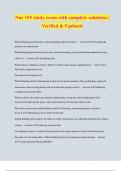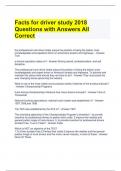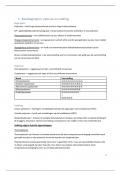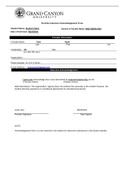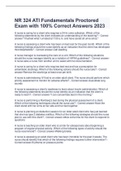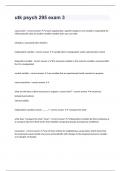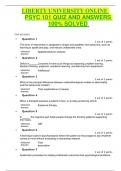Summary
Summary ICAEW ACA Corporate Reporting - Assets and liabilities checklist
All you need to know in regards to the Assets and liabilities topic (2/7) within the Corporate Reporting Advanced Level exam. Easy to use checklists perfect for the open book exam. The hard work has already been done for you!
[Show more]





